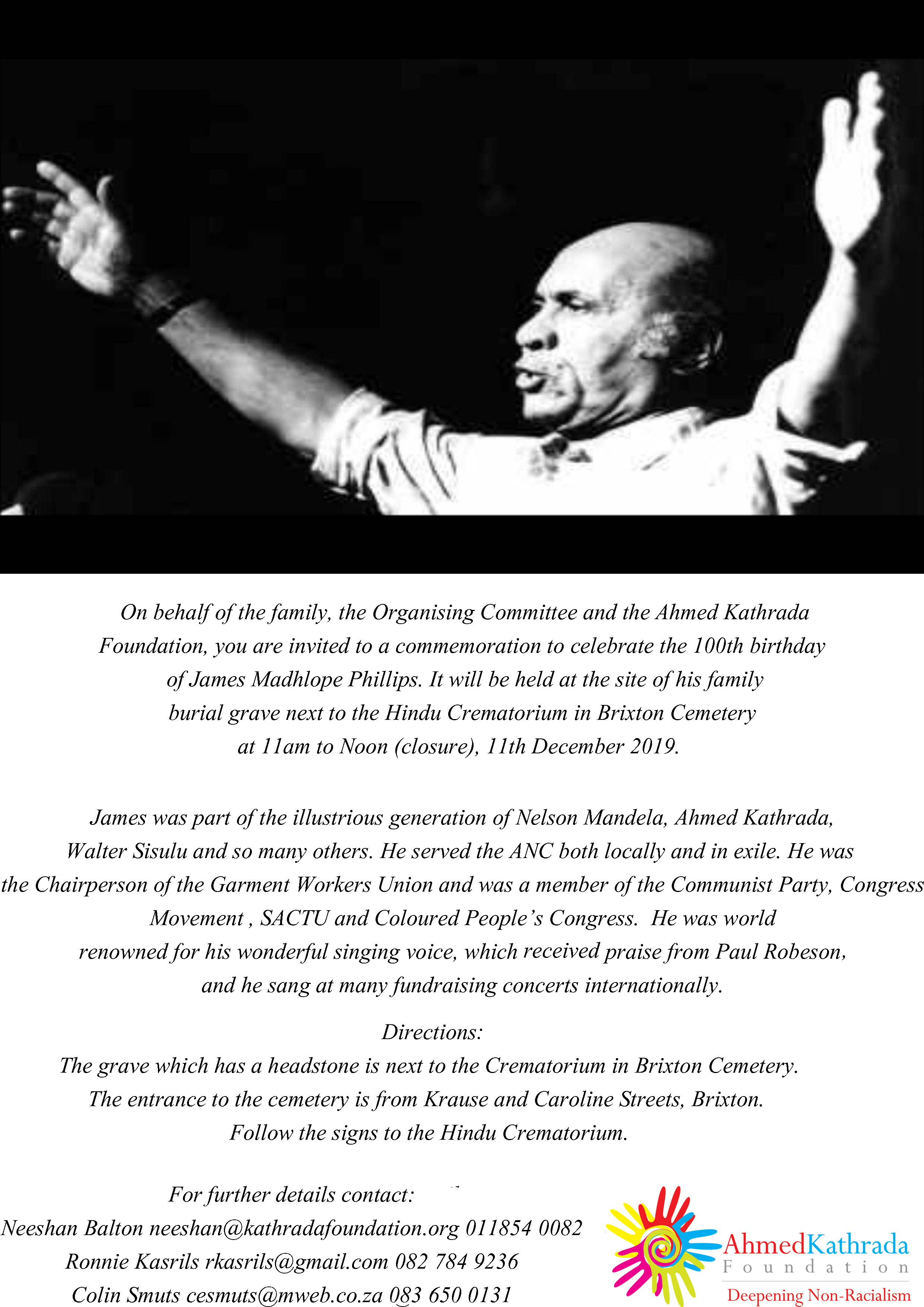Anton Fransch was born and raised in Bonteheuwel, Cape Town. He was the second youngest of 7 siblings. He attended Modderdam High School and joined Cosas (Congress of South African Students). This was during the 1980's when the resistance against the apartheid regime was intensifying. He also joined Bonteheuwel Military Wing. He went to Angola to receive military training. He returned in 1989 to expand the network and actions of the Mkhonto Wesizwe , the military wing of the ANC. His position was discovered and on the 17th November 1989, he was killed in a house in Athlone, Cape Town, after a 6 hour gun battle with the security forces of the apartheid regime.
This is what the TRC Final report , volume 2, states:
' Anton Fransch
374 Twenty-year-old Anton Fransch [CT03204/FLA] died after a six-hour gun battle with the police on 17 November 1989 at a house in Athlone, Cape Town. A Riot Squad sergeant was finally authorised to throw a grenade into his room, but security forces allege that, before it was thrown, there was a detonation in the room. Police penetrated the house and found the disfigured body of Anton Fransch with the rest of the ammunition. There has been persistent speculation as to whether the last grenade was self-detonated in a final act of suicide, or whether it was thrown by the security forces. The Commission was unable to determine this matter conclusively. 375 The Commission had difficulty in establishing the exact circumstances of each case, not least because the version presented to the media and the courts at the time was in almost all instances the police version. The Commission took into consideration a number of facts about these killings which seriously challenge the official versions. In the first place, several of the incidents happened while the suspect was already in custody, indicating that police did not make appropriate arrangements for the security of detainees. Detainees were routinely handcuffed when transported to courts and even hospitals; one would reasonably expect that extra care would have been taken where the possibility of access to weaponry existed. 376 Secondly, in at least one case, that of Mxolisi Khumalo, the version given to the court has been shown to be false. The fact that a bullet hole was found at the base of his skull would seem to indicate an execution-style killing. The fact that there was no indication of his body having been involved in an explosion further contradicts the police version. 377 Thirdly, the evidence of De Kock points to the fact that, in at least three cases, weapons were planted at the scene after death. It also needs to be noted that senior officers of the Security Branch were involved in the cover-ups. The Durban request for AK-47s came from the divisional commander of the Security Branch, who was later promoted to general. A statement by a Constable Bambatha My specific functions in the section … were to drive askaris around all over the Republic of South Africa so that they could identify and point out terrorist members who had infiltrated the Republic, so that I could arrest them … I was given an advocate’s-type attache case which contained one Makharov pistol and a number of F1 hand grenades. My instructions from the then Captain … was that, in the circumstances leading to the death of a terrorist in the process of trying to arrest him, I was to send the askaris away and be first at the scene so that I could place the Makharov pistol and F1 hand grenades on the deceased with no person to observe me. The reason … to do this was to cover the police in the event of a court case … As it is, in the process of pointing out a terrorist, it was the preference of the askaris that the person be killed as they feared that should … he speak to other terrorist [sic] about their involvement, they themselves would be killed. This view was also supported by the then Captain … to prevent the terrorist being released later. 378 Several of the deaths occurred shortly after or in connection with MK attacks on police or so-called ‘collaborators’, creating an impression that the deaths of MK operatives were possibly revenge killings. 379 The use of the Casspir or armoured vehicle as a breaching device, a common Koevoet practice, indicates scant regard for the principle of minimum force. Its lethal nature makes the possibility of an arrest improbable and the death of the occupants – including civilians – intentional.'
For more in depth interviews on Anton Fransch and the battle of Athlone:
https://www.youtube.com/watch?v=qRYWU9V27VE&list=PLSFzVt-vruI3n-m0zlOAYHBni5Hs-RgAY&index=2&t=0s
